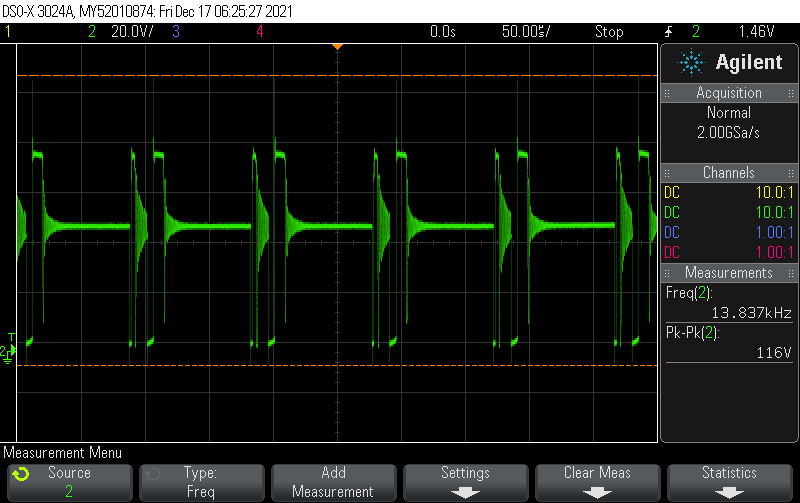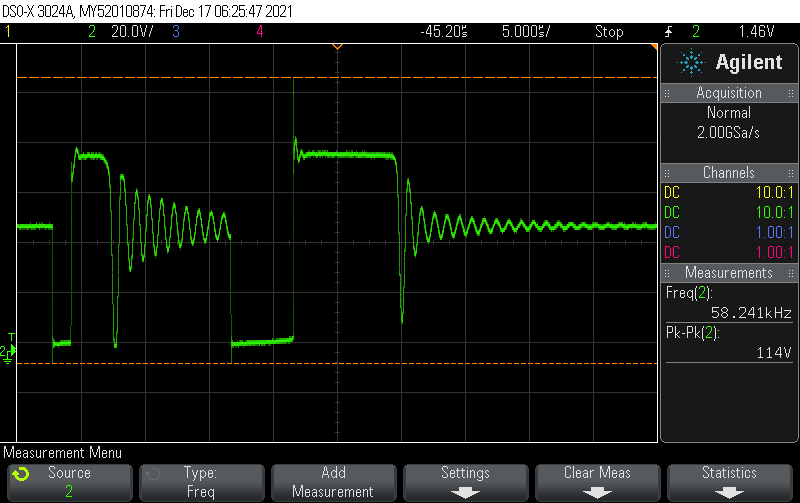Nowadays you can use cheap ceramic capacitors for Ethernet termination. While they are not self-healing like foil capacitors, they work fine for all but the most demanding applications. Also, it’s typically much cheaper to assemble SMD capacitors as opposed to through-hole foil types since the SMD types can be more easily picked & placed by machines.
I recommend to use the Yageo CC1206KKX7RCBB152 because it’s cheap (0,10€ @100pcs) and readily available at every major distributor.
Furthermore, it has a X7R ceramic, meaning that its capacitance doesn’t change too much with temperatur (not as much as, for example, Y5V ceramics). Note that X5R and X7R types have a capacity that depends on the voltage being applied, so if you have an application that is really sensitive to RF noise, keep in mind that if a significant DC voltage is applied to the capacitor, its capacitance will drop by up to tens of percents – leading to impromper Ethernet termination and hence more EMI.
Additionally, keep in mind that ceramic capacitors are somewhat susceptiple to mechanical flexing of the PCB. This is especially the case if you have a very thin (or even rigid-flex) PCB, or if high mechanical loads (either static loads or vibrations) are applied directly to your PCB. In that case, consider buying e.g. a slightly more expensive, “flexible termination” type capacitor.

